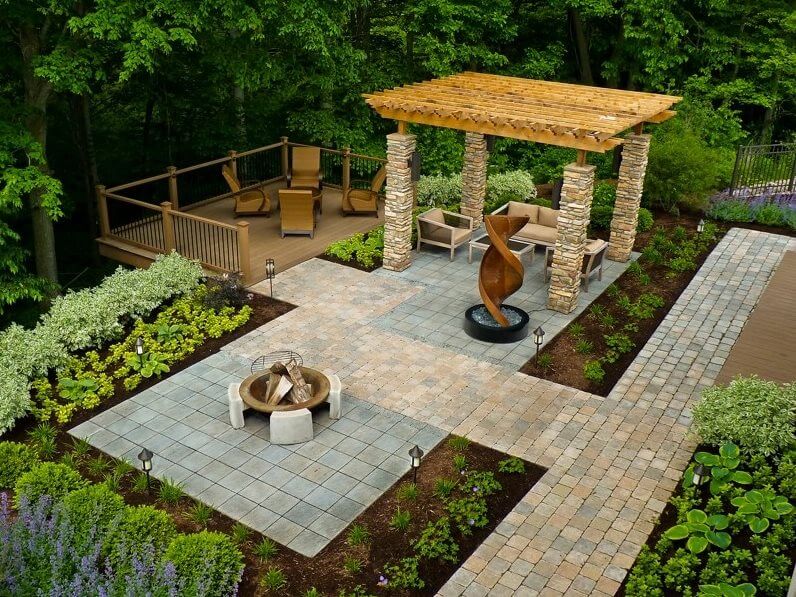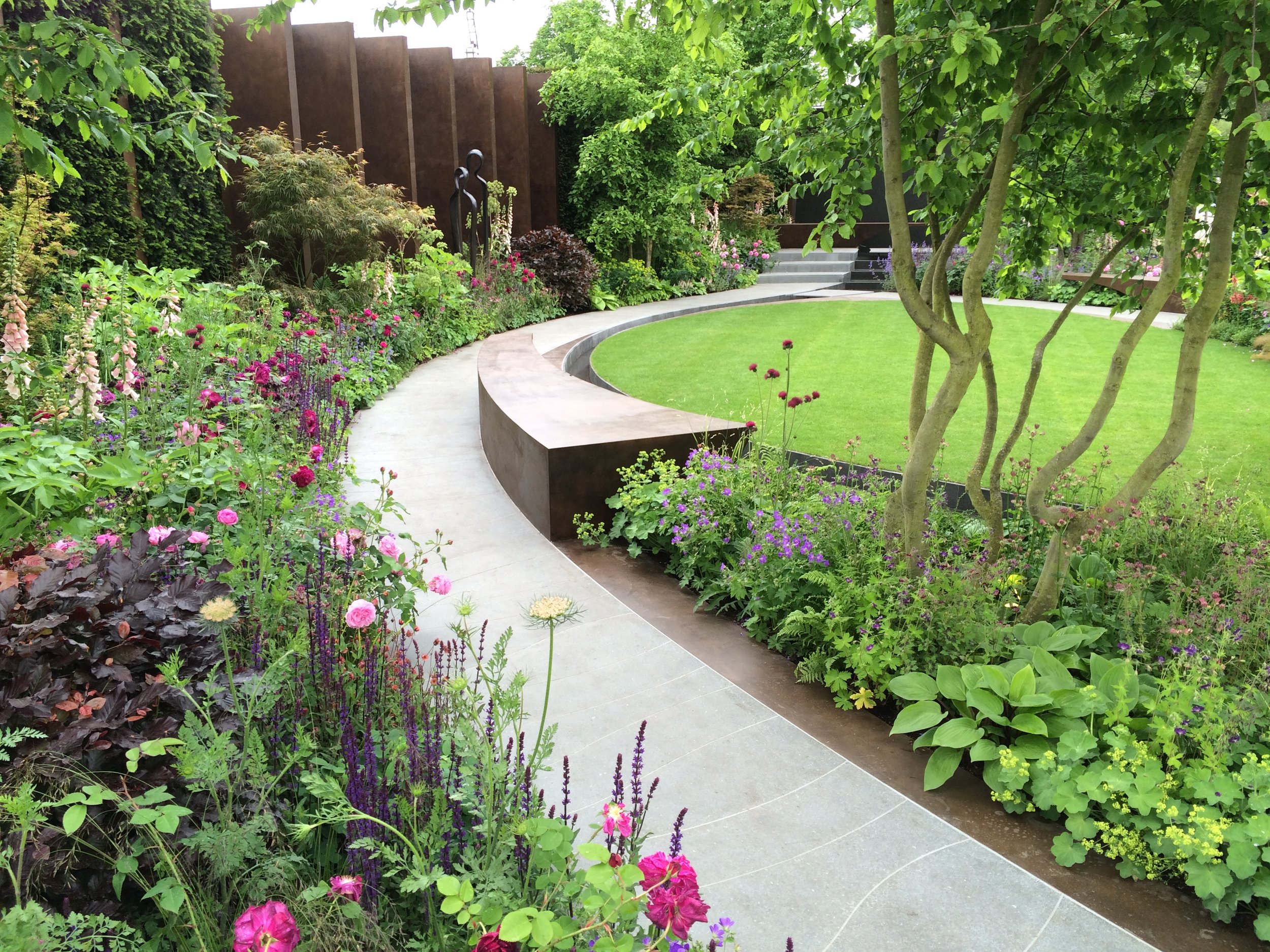Getting The Landscapers To Work
Getting The Landscapers To Work
Blog Article
The Best Strategy To Use For Landscapers
Table of ContentsLittle Known Questions About Landscapers.A Biased View of LandscapersFacts About Landscapers UncoveredWhat Does Landscapers Do?The Landscapers IdeasLandscapers Fundamentals Explained
- A yard attribute where water is stood for by an aggregate stone product, typically a crushed rock or granite. These are most generally located in modern and Japanese garden design.- A stone or natural flagstone outdoor patio, course, or pathway constructed without a concrete base. The base would certainly be compressed gravel and the joints would be an aggregate or walkable ground cover. - A rock preserving or cost-free standing wall surface developed without the use of mortar. - An underground structure that accumulate water and allows it to slow percolate right into the dirt around it.
Landscape style that works with a sites' atmosphere in both look and sustainability without negative influences to the atmosphere. Edging in the landscape is a line of separation that produces aesthetic interest in the garden by dividing one section from another sector. This can be aesthetic or functional, maintaining one element (such as pea gravel) from getting combined into one more (like bark dirt).
Areas can also have a feeling of "enclosure" supplied by trees, other plantings, fencings, or screens. The landscape near the entrance to a structure.
The Ultimate Guide To Landscapers

The aspect in a landscape style or area in a landscape that is meant to be most famous. The focal point can be a plant, rock, statuary, collecting space, or other landscape attribute.

Indicators on Landscapers You Need To Know
Low plants that are enabled or urged to spread over a location. Can refer to any kind of "hard" garden elements including statuary or boulders yet the majority of typically is utilized to refer to courses, outdoor patios, and walls - Landscapers.: Elevation difference between the level of water in a fish pond (or the degree of the pump if it rests outside the fish pond) and the upper outlet of water which impacts performance of the water pump in gph (gallons per hour).
A chemical made use of to regulate weeds. Fencing boards that run horizontally, typically made use of in contemporary or Japanese-inspired landscape layouts. Lines that specify rooms within a landscape concept. These often prolong from edges or vital features of an existing structure. Appropriate use fictional lines can aid the landscape feel connected to the home and other elements.
A more unwinded yard controlled by rounded rather than straight bed lines and a much less inflexible framework. Typical PNW landscapes are informal. A plant that spreads even more than preferred, or right into habitats where it his comment is here does damages. Portland has a checklist of invasive plants that should not be installed in landscapes since they can infect woodlands or waterways and be look at here difficult to manage.
Landscapers Fundamentals Explained
Can include head positionings and coverage, pipeline sizing, GPM specs, and products needed to install this system. Accredited professional who develops landscapes, coached in design and style as well as in horticulture.
Landscape developers normally have less education than Landscape Architects and are not certified. A completed landscape style, detailing all components for the new landscape.
Calcium product used to elevate the pH in soil, which will certainly make it less welcoming to moss (Landscapers). A water limited HDPE material made use of beneath fish ponds, streams and waterfalls in water functions. Making use of lots of plantings of the very same variety to fill up in a location in the landscape. This can lower upkeep and water use in the garden.
A mix of cement, sand, and water that is utilized in rock masonry for establishing rocks and joints. A layer of compost or bark dust used at the base of a plant. A mass growing of moss. A plant that existed in a geographical location before individuals started transforming the landscape.
A Biased View of Landscapers
How the garden or a yard component is arranged in connection to an existing or new feature or to a direction. Preserving a lawn without using chemical herbicides, chemicals, or fertilizers. Lawns that are not cut yet expanded in landscapes as perennials. This is a partly open sided relaxation or entertainment area that adjoins a house, made use of for amusing, outside dining and merely taking pleasure in the outside atmosphere.

Little round gravel. Plants that supply seasonal interest and after that die back in the winter. Annuals do not return the following period, yet perennials do. Cold season lawn that is the most usual turf lawn in Rose city, OR and the remainder of the PNW.An open roofed framework over an outdoor patio or various other landscape feature.
The most usual landscape crushed rock in the PNW. Area of the landscape designed to manage rainfall water till it can saturate right into the ground.
Framework made of timber, concrete, leading stones, bricks or various other products for stabilizing inclines and stopping too much erosion. Slim watercourse. Developing a yard feature consisting largely of stones with plantings that complement and can grow in the rocky environment. Lawn sprinkler head design that turns a stream of water across an area.
All About Landscapers

Report this page